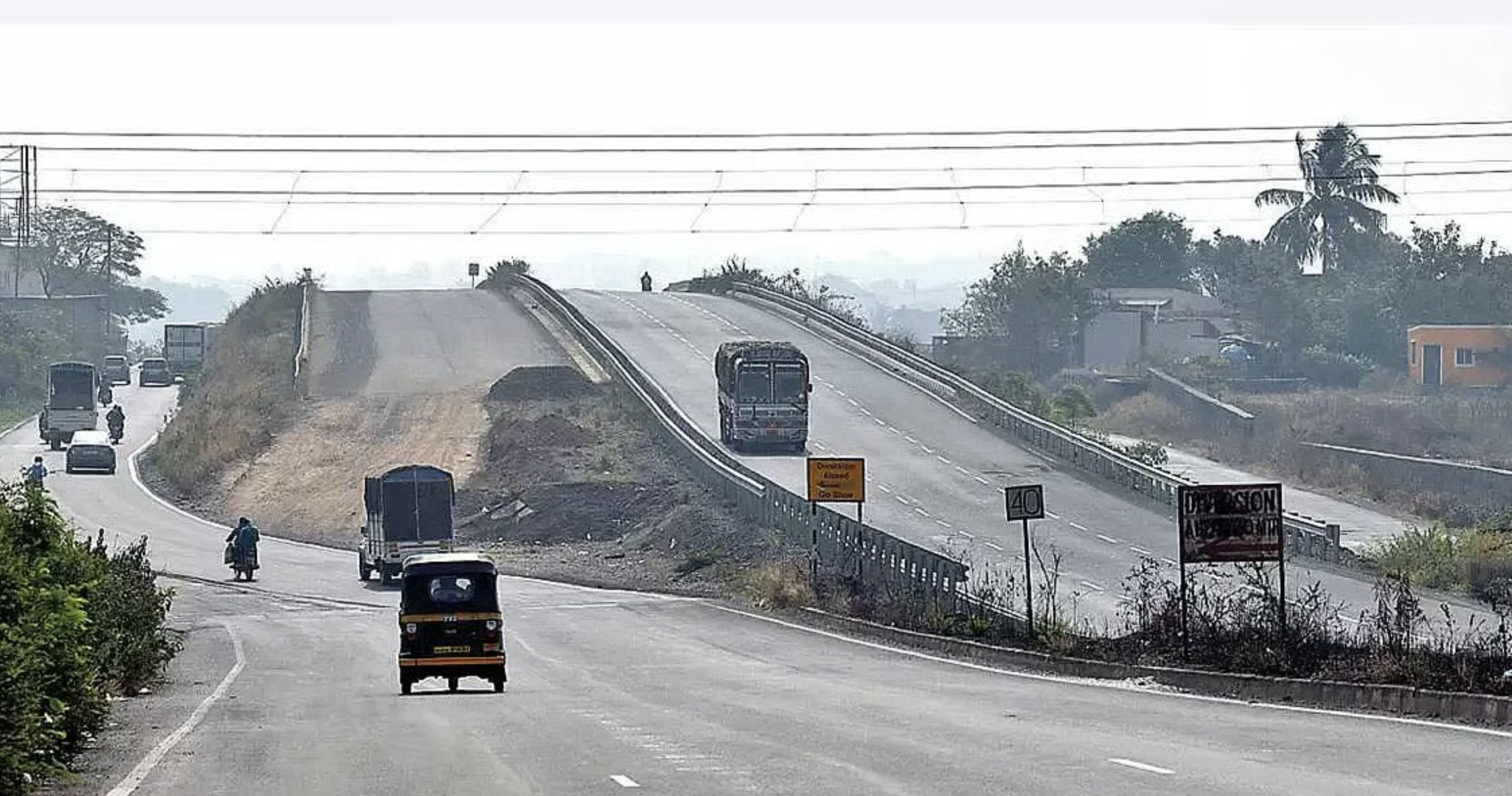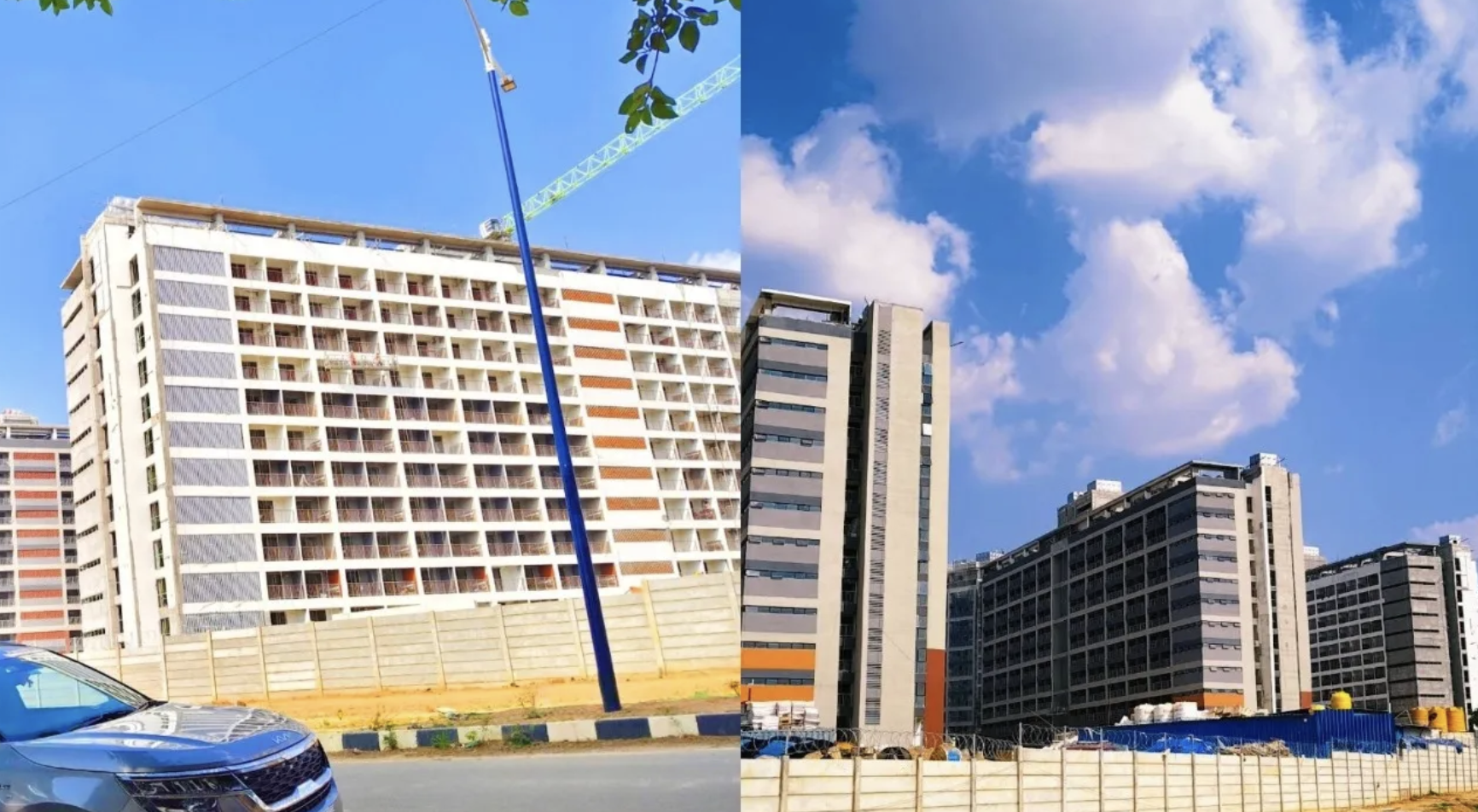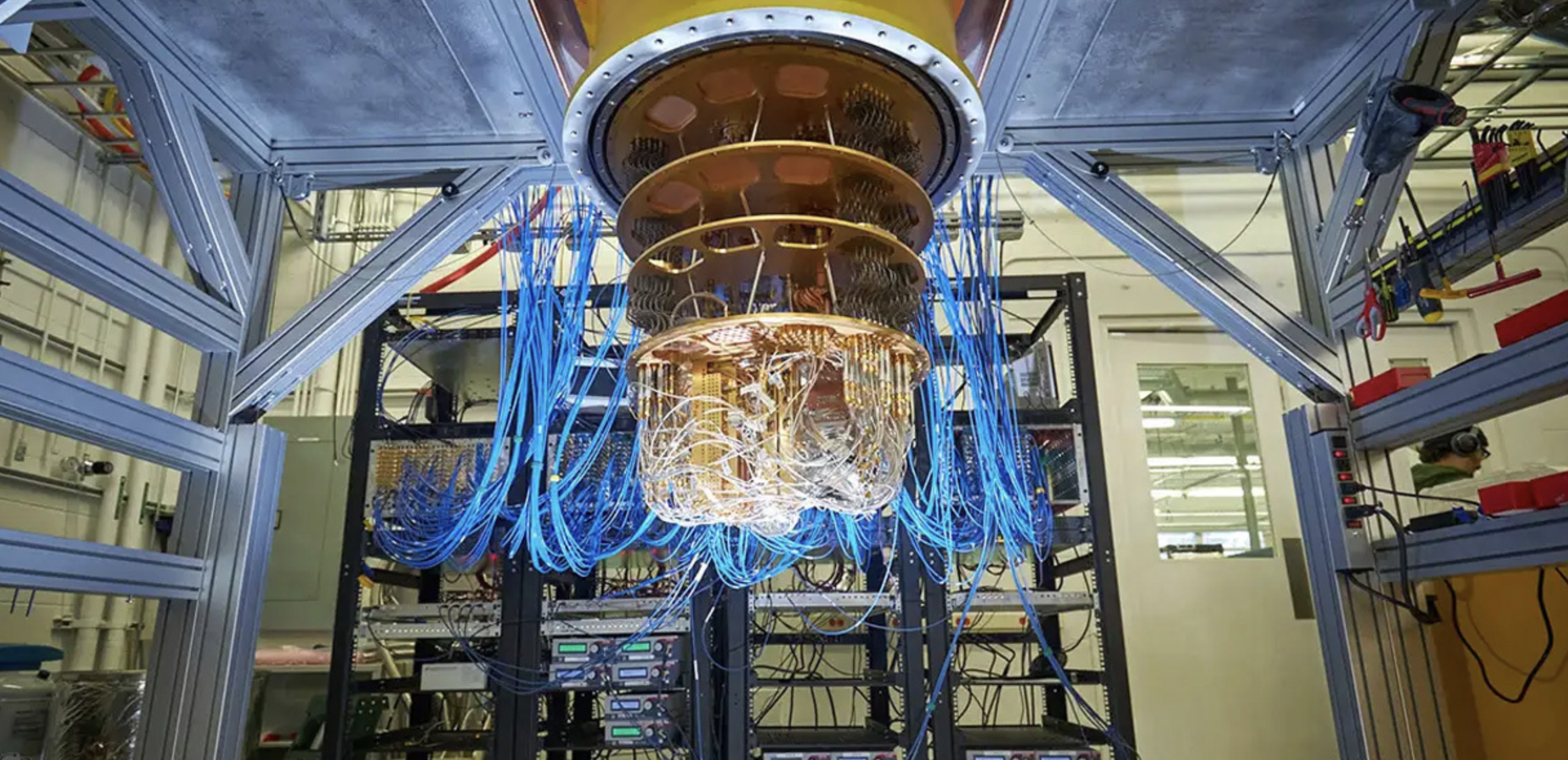Since its implementation in August, the sectional overspeeding system on the Bengaluru-Mysuru highway has resulted in over 89,200 speeding violations.

As of August 26, 89,221 drivers had been issued fines for sectional overspeeding, which happens when a car goes faster than the posted speed limit on a particular portion of the 119-kilometer roadway.
Fines Imposed If You Cross Bengaluru-Mysuru Highway In An Hour or Less
This section has a 100 kmph speed limit, and going over it has resulted in fines for those who violate it.
In addition, 48 Automatic Number Plate Recognition (ANPR) cameras on the roadway have registered 34,126 speeding infractions.
In an effort to create a “real-time deterrence effect,” fines are instantly sent by SMS to the registered mobile number of the car owner.
Personal vehicle users make up the bulk of violators, but only roughly 5,300 of them have paid their fines, indicating poor compliance with the law.
According to the police, the majority of payments are made during real-time checks, as opposed to using the SMS link offered.
Police Personnel To Be Stationed At Strategic Locations
Police personnel will be stationed at strategic locations, like Kempegowda Circle, Mysuru, Kanimanike Toll Gate, and Gananguru Toll Plaza, to promote compliance by catching speeding cars and enforcing fines immediately.
If a vehicle exceeds 130 kmph, harsher penalties will apply, such as filing a FIR for reckless driving. 400 FIRs have been filed thus far.
As of August 26, there have been three fatalities on the road in each of the months of April and May, nine in June, six in July, and two in August.
According to ADGP (Traffic and Road Safety) Alok Kumar, they may suggest raising the speed limit to the NHAI if accident-related mortality remain at zero for a minimum of three months.
He said, “The compliance rate is low. Self-compliance is very low. People paying through the link provided on the SMS is very low, it’s not encouraging. Most of the people who have paid did that during real-time checks by the police.”
Although the National Highways Authority of India is still weighing the possible benefits and drawbacks of this system, plans are in place to combine the challan system with FASTag.












